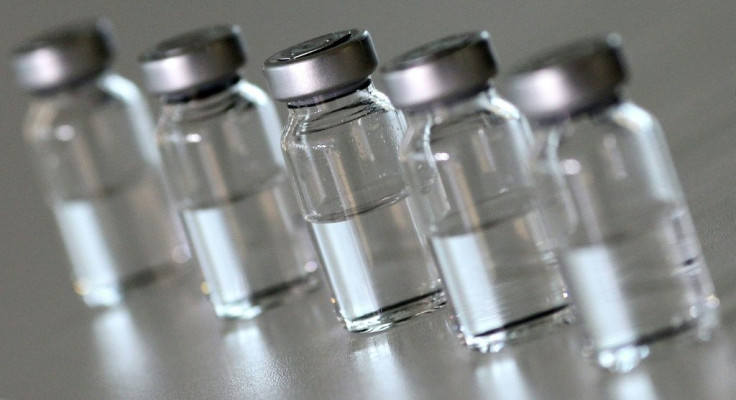CDC Panel Reveals Who Should Get Coronavirus Vaccine First
KEY POINTS
- The ACIP recommends health care workers and long-term care facility residents to receive the vaccine first
- The second phase of vaccine distribution may include essential workers
- The FDA is reviewing data from Pfizer and Moderna
A panel of advisers to the U.S. Centers for Disease Control and Prevention on Tuesday voted on who would be the first in line to get a coronavirus vaccine.
The Advisory Committee for Immunization Practices (ACIP) voted 13-1 to have health care workers and residents of long-term care facilities be the first to receive any coronavirus vaccine that gets emergency-use authorization from the Food and Drug Administration (FDA), NBC News reported. The first phase of the vaccine rollout has been named Phase 1a. The FDA is currently reviewing applications and data from Pfizer and Moderna..
“Long term care facility residents are defined as adults who reside in facilities that provide a variety of services, including medical and personal care, to persons who are unable to live independently,” the CDC said.
“Health care personnel are defined as paid and unpaid persons serving in health care settings who have the potential for direct or indirect exposure or infectious materials,” the agency added.
The FDA advisory committee is scheduled to meet on Dec. 10 to discuss whether the Pfizer vaccine should receive emergency-use authorization.
If the FDA approves two or more vaccines, an estimated 75 million people could become vaccinated by January. The CDC estimates there are 21 million health care workers and 3 million long-term care residents in the U.S., which means more people would need to be included in the next vaccination phase, CNN reported.
Several experts, including those from Johns Hopkins University, said Phase 1b would likely include people who are at an elevated risk of developing severe cases of COVID-19, such as older adults living in crowded conditions and individuals with pre-existing medical conditions.
Essential workers may also receive a coronavirus vaccine in Phase 1b. More than 87 million Americans are employed in food and agriculture, law enforcement, education, corrections and other sectors. Many of these workers are members of the Black and Hispanic communities — populations that were hit hard by the coronavirus pandemic, according to The New York Times.
The ACIP is scheduled to meet again in several weeks to discuss who could get the vaccines next.

© Copyright IBTimes 2024. All rights reserved.






















